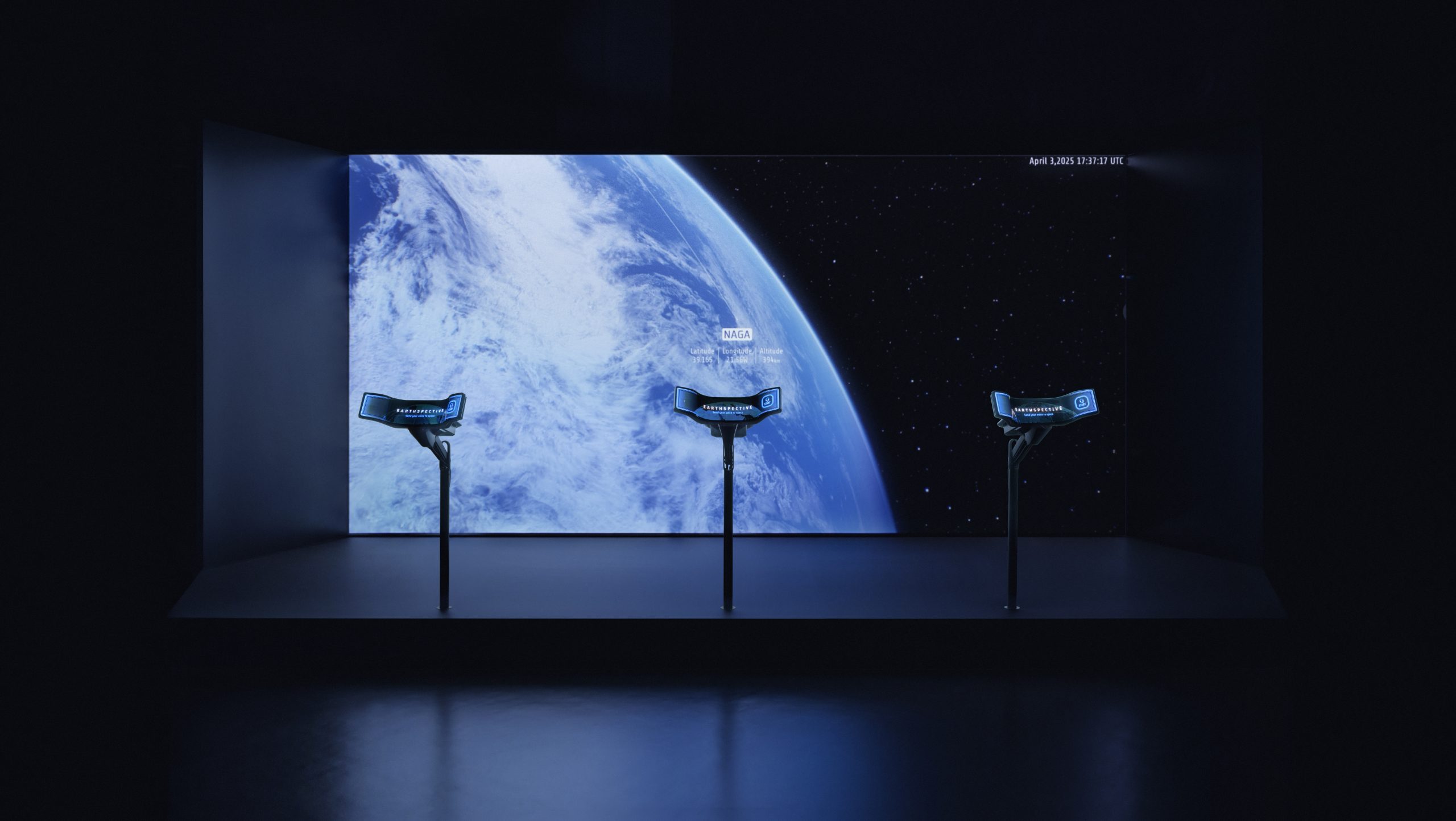Think about football video games and it would be natural to immediately think of FIFA (or rather, EA Sports FC these days), super slick titles that aim to replicate the experience of watching the beautiful game on television. They tap into the cutting edge tools of Unreal Engine to deliver photo-real results, but somehow leave the emotion of the sport behind.
However, for indie developer Julián Cordero, designer and programmer of Despelote, described on Steam as "a soccer game about people", he was inspired by a more immediate, personal and universal experience.
"I grew up playing so much football in Ecuador, and I was very passionate about it," he tells me. "When I was thinking about what football meant to me, it's not FIFA. I've never played in a stadium full of thousands of people with Cristiano Ronaldo next to me. It's been just more like playing in the neighbourhood, kicking a ball everywhere. That's what we wanted to show in Despelote, the experience of actually growing up with it."
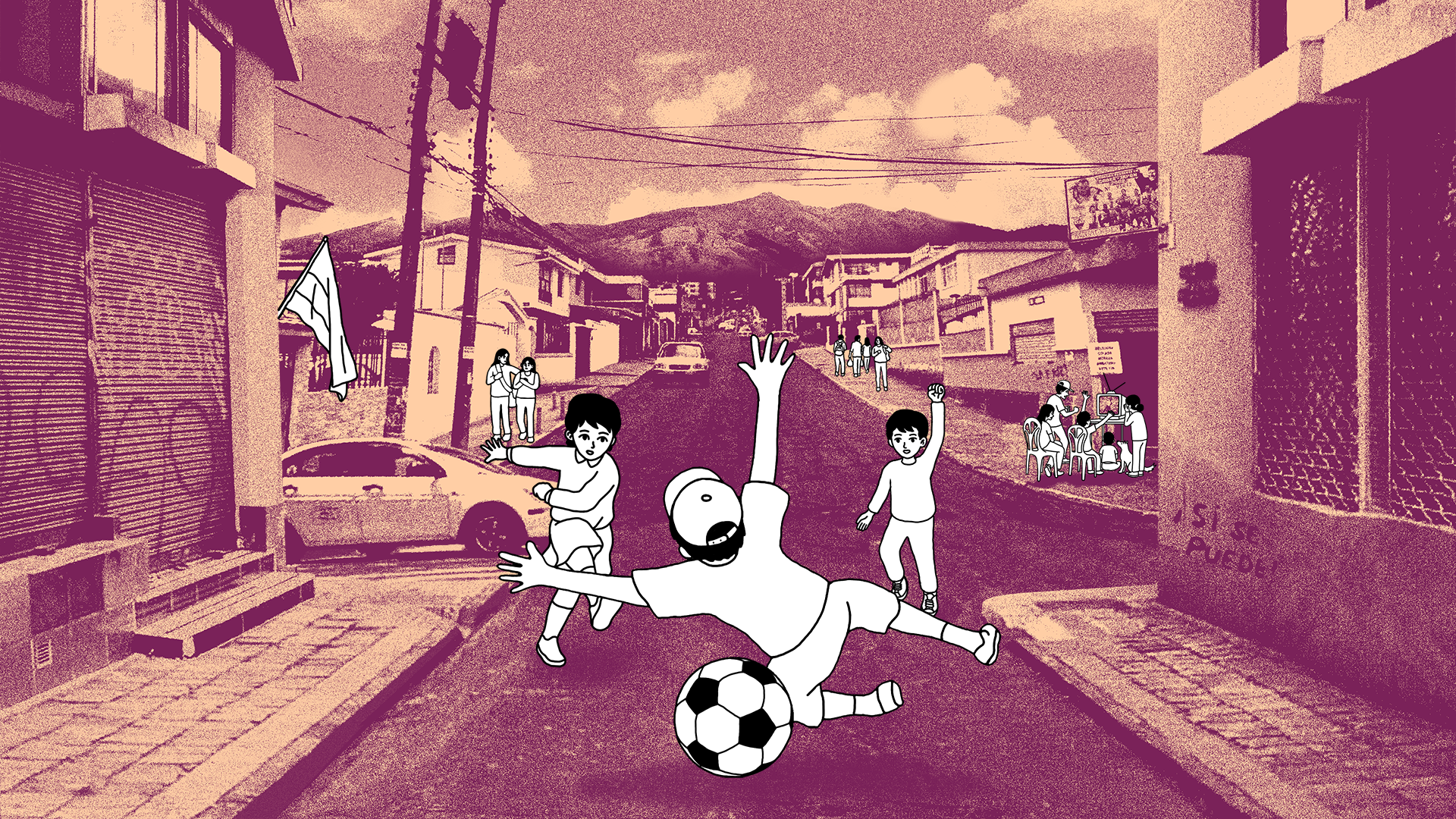
While you can kick a ball around then, the Unity-made game also acts as a time capsule, transporting players back to Quito, Ecuador's capital, where the now New York-based Cordero spent his early childhood. It's set in during the qualifiers for the 2022 World Cup, all the more significant as this was the first time the country would reach this international milestone.
"Everybody remembers that World Cup in Ecuador," he recalls. "It really changed everything, and it was one of my earliest memories. As we were making the game, it started becoming more and more autobiographical. I could never just write a character, I could only just pick out stuff from my life."
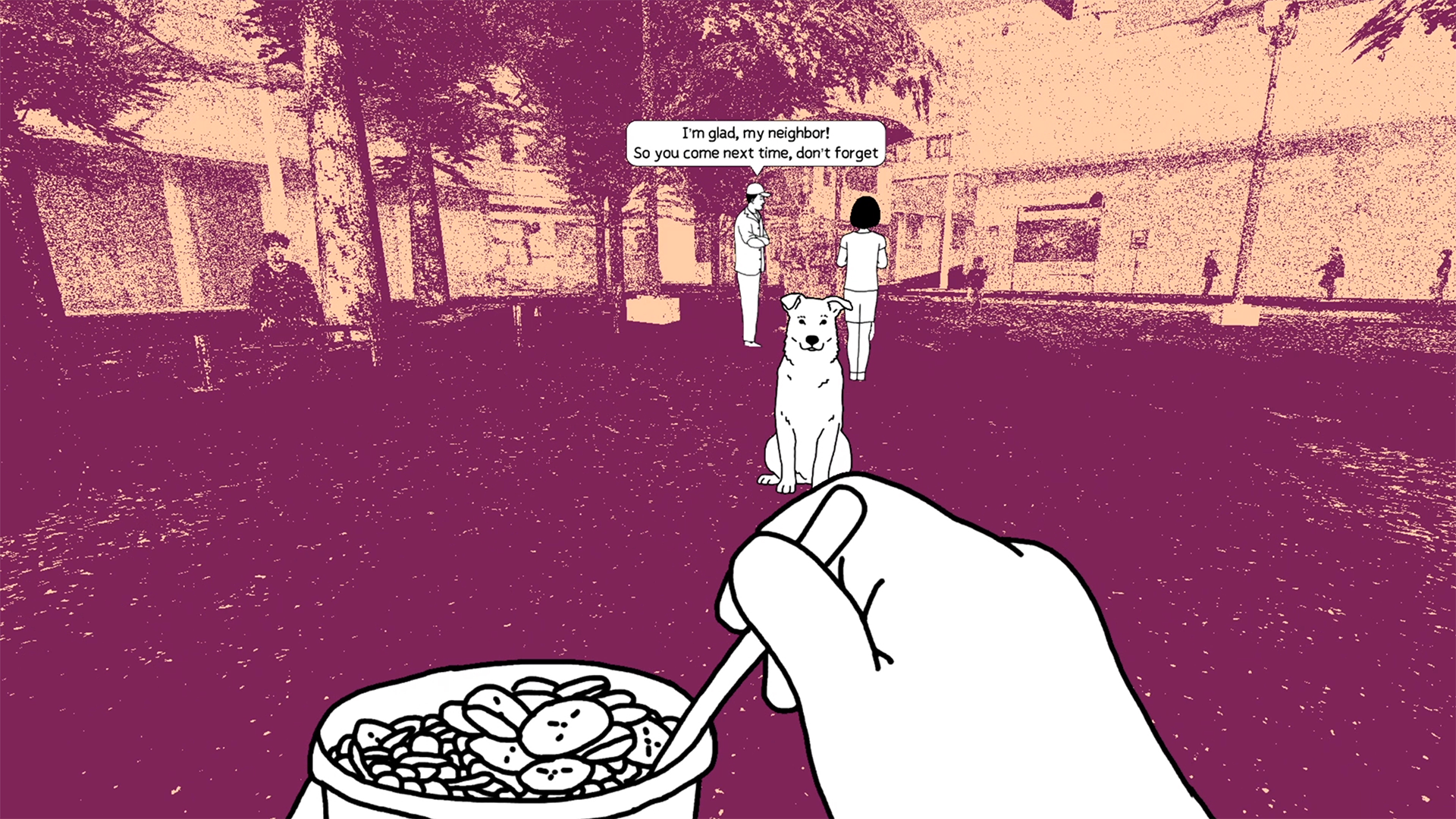
To recreate that period visually, Cordero sought out artist Sebastian Valbuena, having already been a fan of his work. Indeed, his music video for 'Saturno' by Ecuadorian artist La Madre Tirana, has an aesthetic that has monochrome hand-drawn characters juxtaposed with real environments layered with a grainy filter and palette that Despelote also uses.
"We wanted to combine these characters that are more expressive with a setting that is more real and evokes what Ecuador was like in those years," Valbuena explains. "The world has this gritty quality that is more like the textures that you actually see in the street. We really like the contrast that it had with the characters that really stand out because they're just like these cartoon characters."
Get the Creative Bloq Newsletter
Daily design news, reviews, how-tos and more, as picked by the editors.
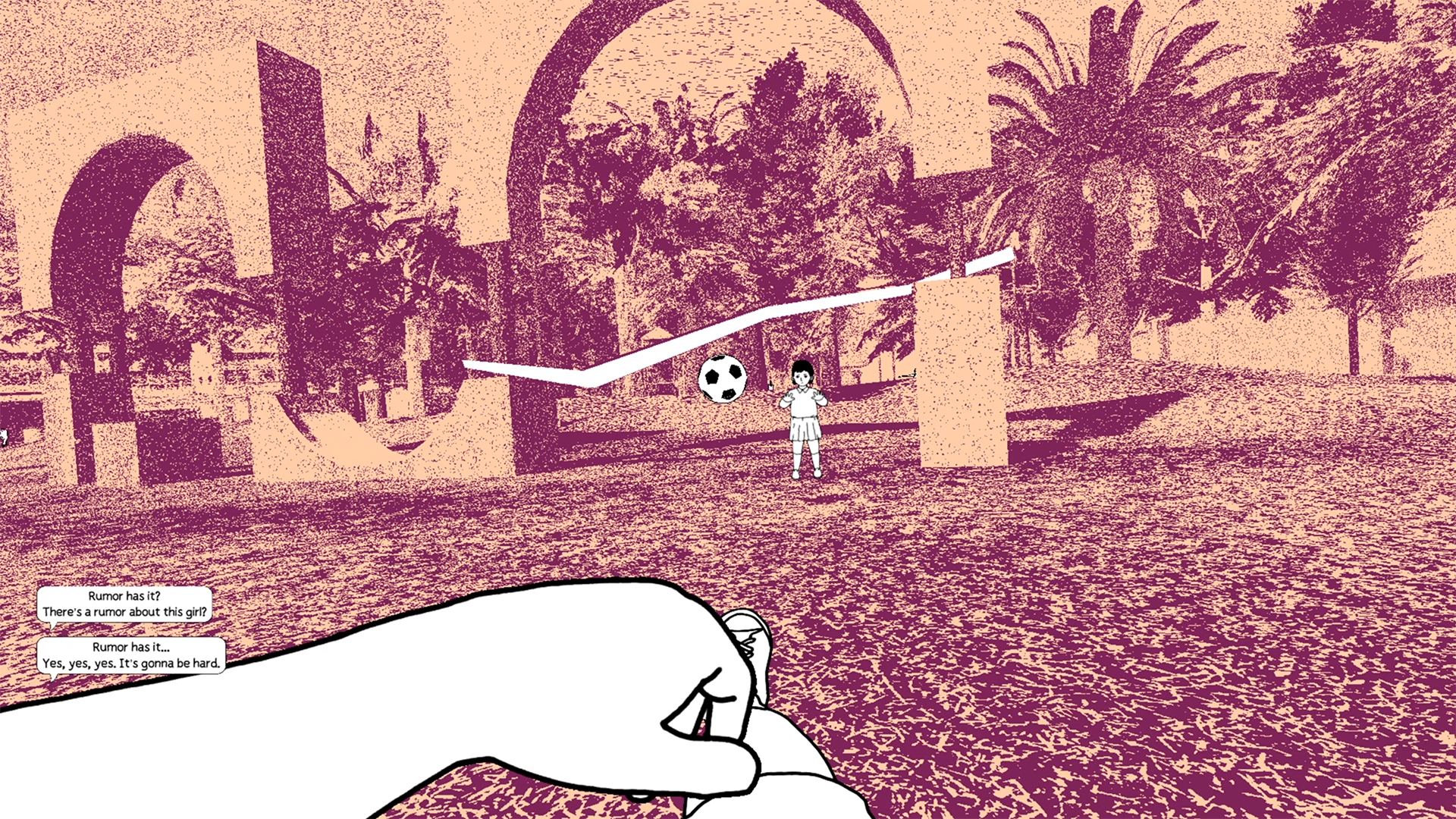
The key difference being that while the characters are two-dimensional, you're actually moving around in 3D environments as Cordero wanted to be able to capture the physical sensation of kicking a ball around in a 3D space. 3D modelling as well as working on a game have been new experiences for Valbuena. But recreating Quito has also been an approachable process with photogrammetry, a 3D-scanning technique of capturing real-world textures and environments that is as accessible to indie developers as they are to AAA studios. (Read our article, 'what is photogrammetry' for more details.)
"You can do it on your phone - there are apps that you just take pictures, and then it processes it," says Cordero, while also taking out his iPhone. "I bought this expensive iPhone that has this Lidar scanner, and it does it really fast. We did some tests with Sebastian, and it worked really well." (Read our guide to the best iPhone for photography.)
While he concedes their results may not be as sophisticated as what you might expect from say, Call of Duty, that also gives the models "a lot of personality". He tells me, "If we scan a street that comes with the kind of texture of the street, which is really hard to recreate, it feels truer to what we were trying to do, and then we have this a grainy filter on top of it that's part of the whole aesthetic."
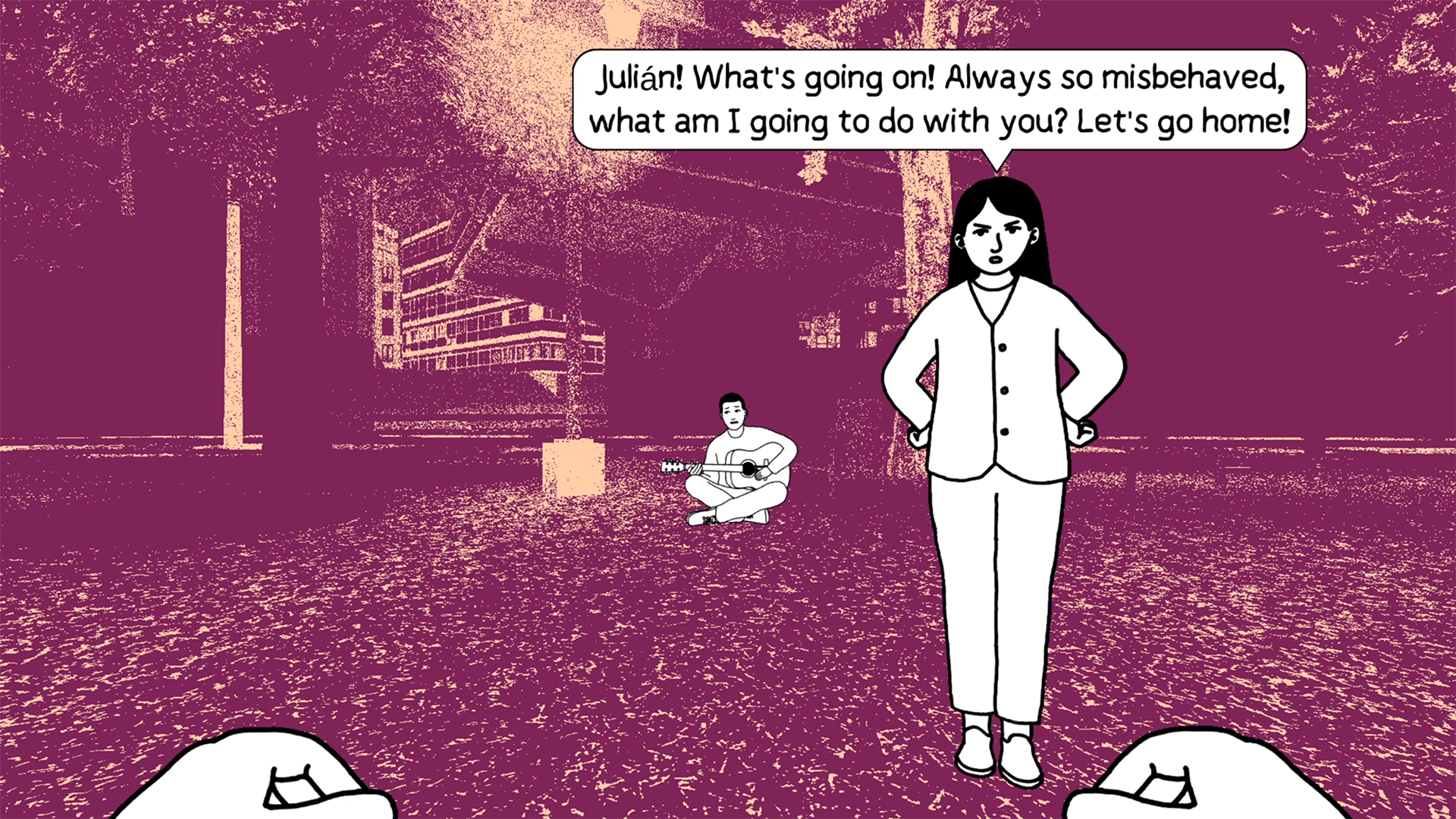
The filter and purple-sepia palette adds to the nostalgic feeling that you're stepping into a photograph come to life. That said, this version of Quito is just a digital representation rather than a 1:1 recreation. Having lived in New York for so many years, Cordero admits that the city in the game is more of an "idealisation". It's also for practical reasons, as Valbuena describes the environments as "more like a collage of different places that we mash together."
"At the beginning we would try to make it more 1:1, but it didn't really work, because the city is too huge, we have to reduce it to a small chunk that we can manage," Valbuena explains. "The best way to do that was just to pick things that are very particular, that have this expressive quality, and just join all of those together to create this space. There are a lot of real buildings that are in Quito, but we just put them next to each other, whereas in the city, they're not next to each other."
Having developed Despelote for more than six years, Cordero says his programming has improved considerably over that time. That also means he's more conscious of the issues he has with the custom animation system he wrote at the start of development ("It's such a headache for me to try to debug, but it works.") But being able to add or create your own tools has also made working in Unity a smooth process, whatever type or style of game you're making.
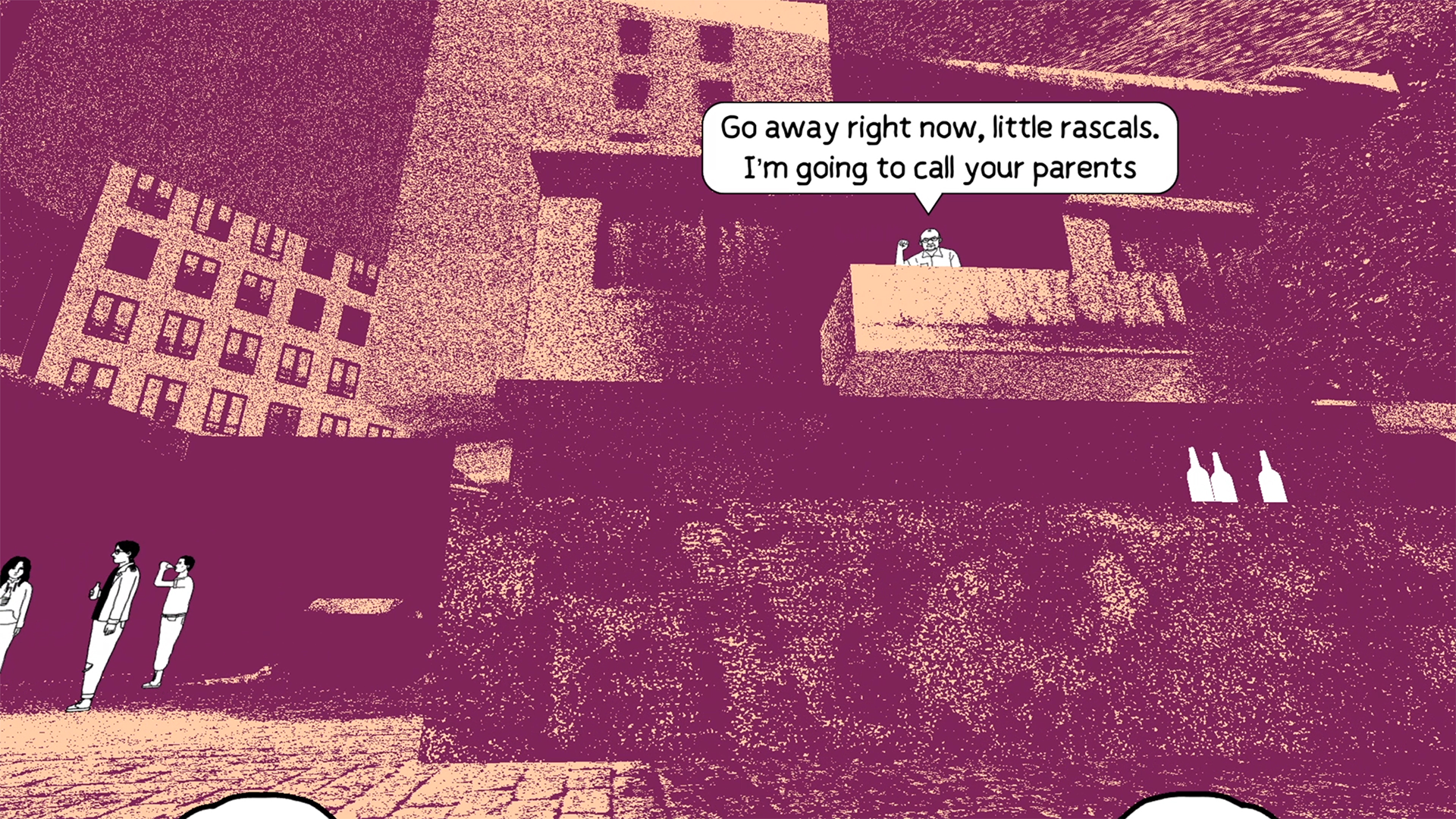
This game is coming to PlayStation 5, Xbox Series X and PC (Steam) later this year, visit the Despelote website for more details. Inspired by the developer's work? Then read our guide to the best game development software and begin your own journey.

Thank you for reading 5 articles this month* Join now for unlimited access
Enjoy your first month for just £1 / $1 / €1
*Read 5 free articles per month without a subscription

Join now for unlimited access
Try first month for just £1 / $1 / €1

Alan Wen is a freelance journalist writing about video games in the form of features, interview, previews, reviews and op-eds. Work has appeared in print including Edge, Official Playstation Magazine, GamesMaster, Games TM, Wireframe, Stuff, and online including Kotaku UK, TechRadar, FANDOM, Rock Paper Shotgun, Digital Spy, The Guardian, and The Telegraph.
You must confirm your public display name before commenting
Please logout and then login again, you will then be prompted to enter your display name.
